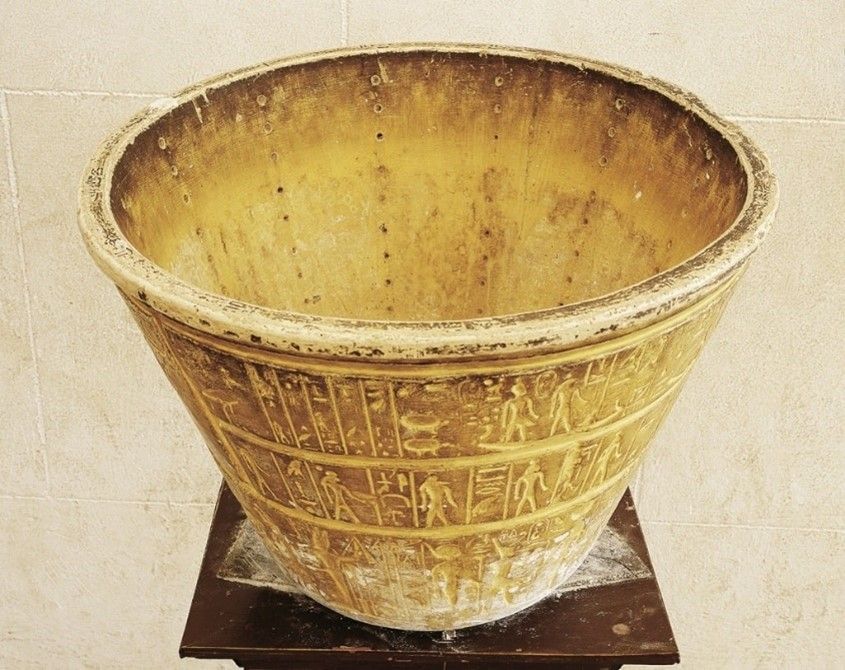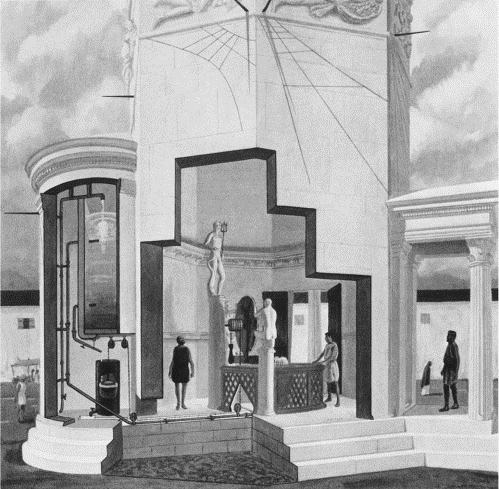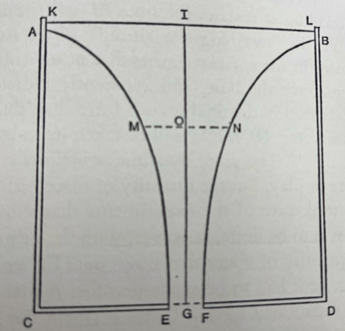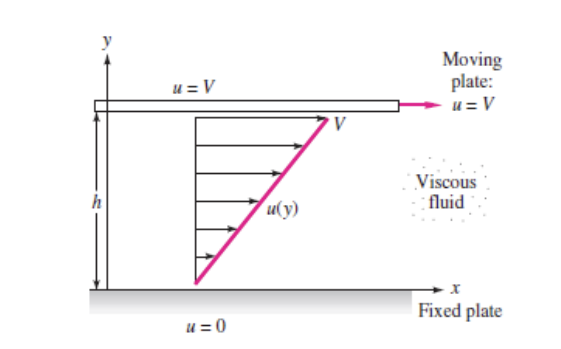Accordingly, one might think that he had no idea of viscosity, but that would be wrong. In his time that word still meant “sticky,” and accordingly he wrote (in translation) in his Principia, “The resistance arising from the want of lubricity in the parts of a fluid, is, other things being equal, proportional to the velocity with which the parts of the fluid are separated from one another.”¹³ Since he wrote in Latin, it is doubly hard to translate, but his “want of lubricity” seems to refer to a kind of stickiness, and since Newton’s mechanical philosophy was grounded in a corpuscular concept of matter, he was thinking of those corpuscles sticking together as opposed to those that slid around each other easily. From 1687 to 1726 Newton continued to refine his fluid dynamics, dividing the resistance into inertial and “inviscid” fluids in his Propositions 36-39.¹⁴ Euler and others would develop those relationships over the next century.
And although we grant Newton priority in the conceptualization of viscosity, the concept had not penetrated western scientific consciousness a century after Newton’s death. When Alexander von Humboldt visited the Mission of St. Balthasar along the Atabapo River in Venezuela he encountered a curious substance, known to the natives as dapicho, which when heated, softened and became elastic and somewhat viscous. He went on to compare it to the juice of pinnate leaves, which he stated was milky, “and very thin, and almost destitute of viscosity.”¹⁵ One might think that Humboldt was referring to the resistance of the milky juice to flow, but no, he was pointing out that it was sticky. And while my grandfather’s edition of The American Civil Engineer’s Pocket Book, c. 1916, describes viscosity as the resistance to flow, it makes no mention of non-Newtonian fluid flow, probably because it was not much under consideration at that time.




